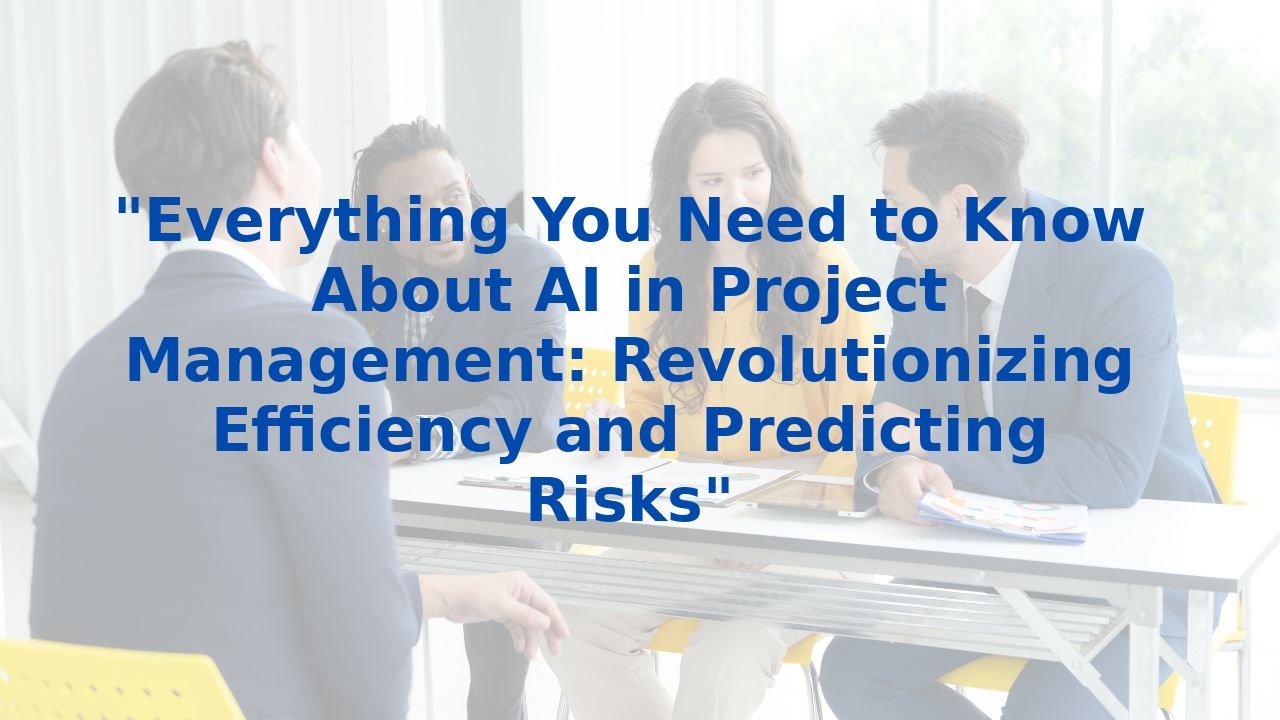How To Revolutionize Higher Education Through Data-Driven Decision Making
Revolutionizing Higher Education with Data-Driven Decision Making
The landscape of higher education has been irrevocably altered by recent global events, revealing vulnerabilities that many institutions may not have fully recognized prior to the pandemic. Researchers at EY have highlighted that U.S. colleges and universities face substantial financial risks—greater than what was traditionally expected. In this challenging environment, the adoption of data-driven decision-making is no longer just a recommendation; it’s a necessity for sustainability and growth.
Understanding Financial Risks in Higher Education
The financial strains on educational institutions have been exacerbated by declining enrollment rates, reduced funding, and the undeniable shift in how education is delivered. Schools must now grapple with the reality of operating costs that may rise even as revenues dwindle. To navigate this precarious landscape, organizations can employ a methodical approach that relies on data analytics to inform their decisions.
Data-driven decision-making involves the collection and analysis of various forms of data to guide actions, minimize risks, and capitalize on opportunities. When implemented strategically, it allows institutions to optimize their resource allocation, track student performance, and tailor programs to meet changing demands.
The Role of AI in Enhancing Efficiency
Artificial Intelligence is the cornerstone of this transformation. By leveraging AI technologies, colleges can streamline various business processes, reduce operational costs, and ultimately enhance the student experience.
Optimizing Revenue Streams
One significant application of AI is in predictive analytics. Institutions can utilize AI models to forecast enrollment trends, helping them to better manage marketing efforts aimed at attracting students. These predictive insights can also inform tuition pricing strategies and financial aid offerings, ensuring that schools remain competitive while maximizing their revenue potential.
Cost Reduction through Automation
AI-driven automation enhances operational efficiency by handling repetitive tasks like administrative processes, scheduling, and data entry. This enables faculty and staff to focus on higher-value activities that directly impact student success and retention rates. For instance, chatbots powered by AI can address student inquiries 24/7, vastly improving service delivery without the need for extensive human resources.
Enhancing Student Engagement and Success
AI can analyze vast amounts of data to identify at-risk students before they fall behind, allowing institutions to intervene early. By examining patterns in student interactions, performance metrics, and demographic data, AI can offer personalized recommendations and resources tailored to individual needs. This not only improves student satisfaction but also enhances retention rates—a critical factor in financial viability.
Training Employees in AI: A Strategic Imperative
While the technology is transformative, its effectiveness largely depends on the organization’s ability to harness it through well-trained personnel. Investing in comprehensive training programs for employees enables them to understand and utilize AI tools efficiently. The benefits of empowering your workforce are manifold:
“A well-trained employee can leverage AI to make informed decisions, contribute to innovation, and enhance the overall organizational strategy.”
Training fosters an environment of continuous learning, ensuring that your team remains agile and ready to tackle new challenges. By equipping staff with the necessary skills, institutions can cultivate a culture of innovation, making them more resilient in the face of future disruptions.
Conclusion: A Path Forward for Higher Education
As the financial landscape continues to shift, U.S. colleges and universities must embrace a proactive approach driven by data and enhanced by AI. The risks are significant; however, the pathways to improvement are equally vast. With strategic foresight in operational efficiencies and robust training for staff, educational institutions can position themselves not just for survival, but for thriving in the new era of higher education.
For those eager to embark on this transformative journey, now is the time to explore innovative solutions. Equip your institution with the right AI skills and strategies, ensuring that the future of education is as bright as it is sustainable.



